The Parisher Ransomware may be a new version of a malicious program called Mobef Ransomware, although there are some differences. This option encrypts the files of users with an unknown encryption algorithm, and it is currently not possible to decrypt this cryptosystem. The good news is that this malware as opposed to other Ransomware infections attacks only document files, so that other data on the computer should be without prejudice. The creator of this malicious program demand according to some victims of the Parisher of Ransomware, that users pay a ransom amounting to 5 Bitcoins, representing approx. 2940 euro. If you don’t want to risk your money, especially if there is no guarantee to obtain the decryption tool, we recommend you to remove this threat by using the instructions in this article. To get more information about this malware, continue reading the text.
Currently, this infection could be disseminated, by taking advantage of the Windows Remote Desktop Protocol software. This means that the cybercriminals used different vulnerabilities of the RDP Windows for placing a malicious executable file in your system. There were also cases in which they have used TeamViewer or other remote desktop systems. Therefore the presence of this malware suggests system weaknesses for threats, and users who have been infected with the Parisher of Ransomware should, think about how they could protect their computers. Those who use outdated anti-malware tools or even do not have such software, should take into consideration, to install a legitimate security tool. At best, it would be to use a tool that is brought out by a reputable company and download also its installation program from a reliable Web site.
The malicious executable file could also be placed in each directory and have a randomly generated name. After this malware creates a file named HELLO. 0 MG and many copies of them in each subfolder of the % USERPROFILE % directory down. In addition, it adds files called LOK MAN same directories. KEY993 added. Another file, which is named after the unique ID number is stored in the following directory: % windir %. When the malicious program into the system come into it, it starts the encryption process. In the Parisher of Ransomware blocks various documents, such as.. PDF, .txt, .xml, .doc, .docx, and so on. Then, this threat opens a window with a message by the cybercriminals who have created this infection. She states that she can decrypt the locked data, users need to contact them but by using one of the specified E-Mail addresses (Parisher@protonmail.com, Parisher@inbox.lv, Parisher@mail.bg, Parisher@india.com).
Our researchers have not tried to write them an email, however, there are reports of victims, which should have contacted the cybercriminals. As it seems, the victims were asked to pay a ransom amounting to 5 Bitcoins to get their data decrypted. Currently this is scarce 3000 euro, so we advise users thereof, to take a risk with a large amount of money. Obviously, there’s no guarantee and no way to get your money back if you should not receive the decryption tools. If you have any copies of the encrypted documents on USB sticks or anywhere else, you can restore these files without having to decode it. For security reasons, we would advise you to remove the Parisher of Ransomware first and then to secure the system, such as by downloading a reliable antimalware tools.
Before you delete the malicious program, you can close his window, if it bothers you. User should be able to easily get rid of this window, if you double-click on its icon on the taskbar and choose close. We should warn you that the manual removal might be complicated, since it could be difficult to locate the main executable file. Nevertheless we can offer the instructions below, if you want to try to remove them manually. You will list the locations and files that you should delete or give evidence. However if you want to no exposure to this threat, it would be better to use a security tool. First, you must install it on the computer. Then, you can start the antimalware software and begin with a full system scan. When the scan process is completed, you should notice a button for deleting. You can look through the report, and then click the button to remove the Parisher of Ransomware and other potential threats.
Delete the Parisher of Ransomware
Warning, multiple anti-virus scanners have detected possible malware in Parisher.
| Anti-Virus Software | Version | Detection |
|---|---|---|
| Dr.Web | Adware.Searcher.2467 | |
| K7 AntiVirus | 9.179.12403 | Unwanted-Program ( 00454f261 ) |
| McAfee-GW-Edition | 2013 | Win32.Application.OptimizerPro.E |
| McAfee | 5.600.0.1067 | Win32.Application.OptimizerPro.E |
| Malwarebytes | 1.75.0.1 | PUP.Optional.Wajam.A |
| VIPRE Antivirus | 22702 | Wajam (fs) |
| Kingsoft AntiVirus | 2013.4.9.267 | Win32.Troj.Generic.a.(kcloud) |
| NANO AntiVirus | 0.26.0.55366 | Trojan.Win32.Searcher.bpjlwd |
| Tencent | 1.0.0.1 | Win32.Trojan.Bprotector.Wlfh |
| Malwarebytes | v2013.10.29.10 | PUP.Optional.MalSign.Generic |
| VIPRE Antivirus | 22224 | MalSign.Generic |
Parisher Behavior
- Changes user's homepage
- Steals or uses your Confidential Data
- Parisher Connects to the internet without your permission
- Parisher Deactivates Installed Security Software.
- Installs itself without permissions
- Slows internet connection
- Modifies Desktop and Browser Settings.
- Parisher Shows commercial adverts
- Distributes itself through pay-per-install or is bundled with third-party software.
- Common Parisher behavior and some other text emplaining som info related to behavior
- Integrates into the web browser via the Parisher browser extension
Parisher effected Windows OS versions
- Windows 10
- Windows 8
- Windows 7
- Windows Vista
- Windows XP
Parisher Geography
Eliminate Parisher from Windows
Delete Parisher from Windows XP:
- Click on Start to open the menu.
- Select Control Panel and go to Add or Remove Programs.
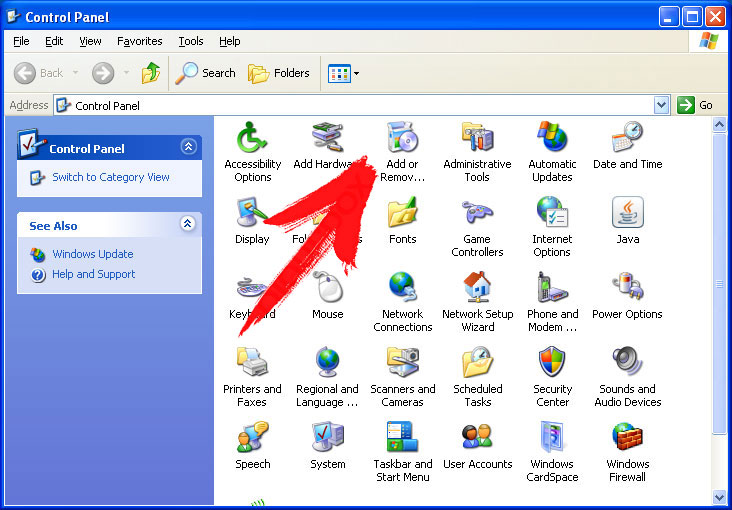
- Choose and remove the unwanted program.
Remove Parisher from your Windows 7 and Vista:
- Open Start menu and select Control Panel.

- Move to Uninstall a program
- Right-click on the unwanted app and pick Uninstall.
Erase Parisher from Windows 8 and 8.1:
- Right-click on the lower-left corner and select Control Panel.
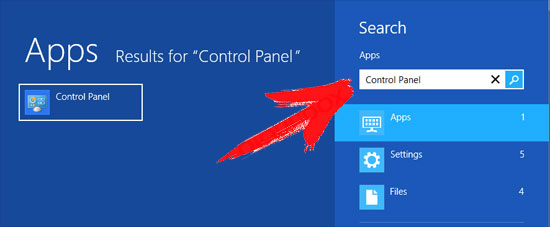
- Choose Uninstall a program and right-click on the unwanted app.
- Click Uninstall .
Delete Parisher from Your Browsers
Parisher Removal from Internet Explorer
- Click on the Gear icon and select Internet Options.
- Go to Advanced tab and click Reset.

- Check Delete personal settings and click Reset again.
- Click Close and select OK.
- Go back to the Gear icon, pick Manage add-ons → Toolbars and Extensions, and delete unwanted extensions.
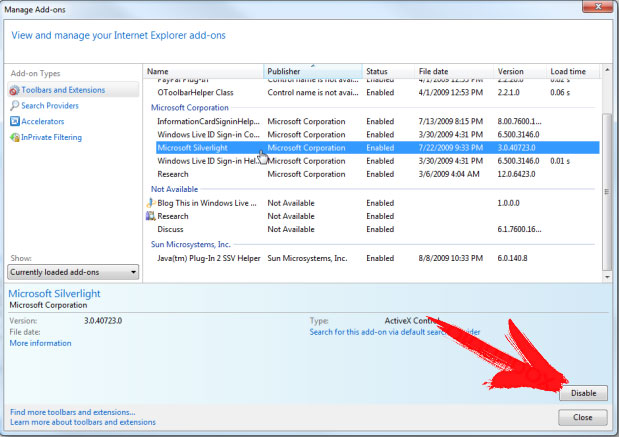
- Go to Search Providers and choose a new default search engine
Erase Parisher from Mozilla Firefox
- Enter „about:addons“ into the URL field.
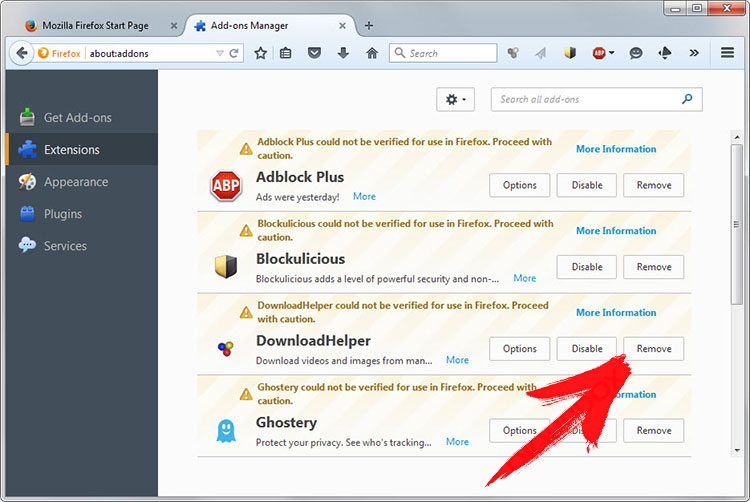
- Go to Extensions and delete suspicious browser extensions
- Click on the menu, click the question mark and open Firefox Help. Click on the Refresh Firefox button and select Refresh Firefox to confirm.
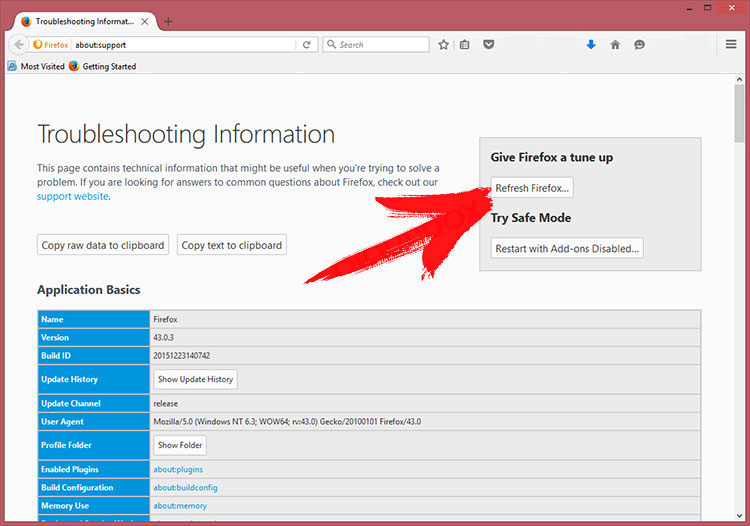
Terminate Parisher from Chrome
- Type in „chrome://extensions“ into the URL field and tap Enter.
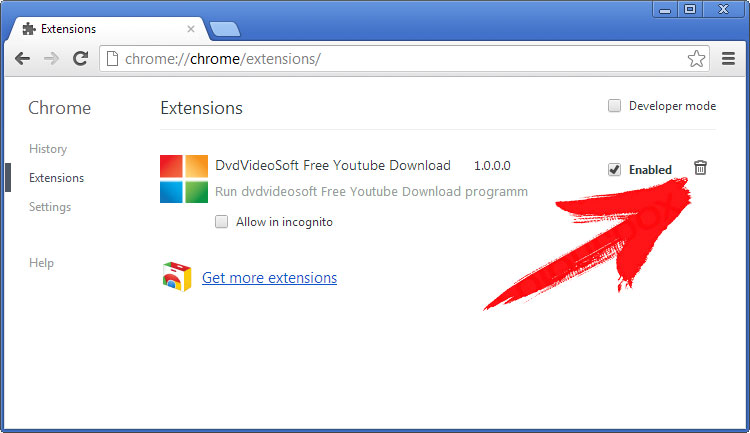
- Terminate unreliable browser extensions
- Restart Google Chrome.
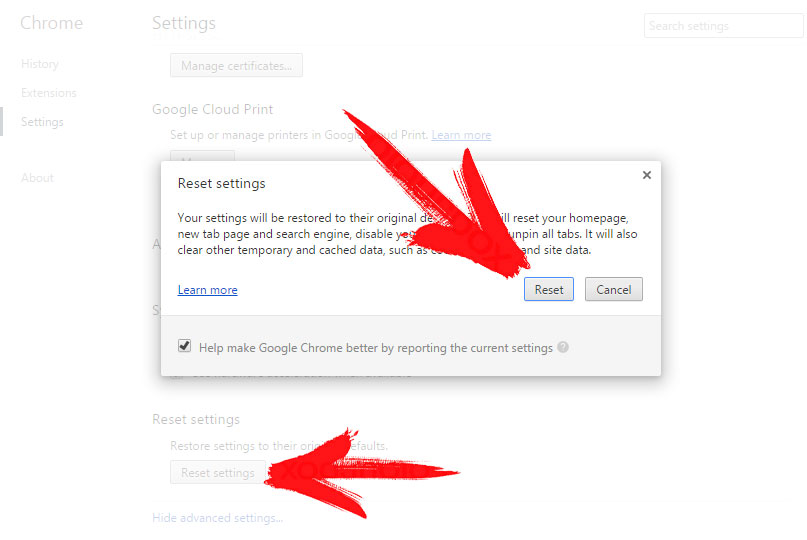
- Open Chrome menu, click Settings → Show advanced settings, select Reset browser settings, and click Reset (optional).